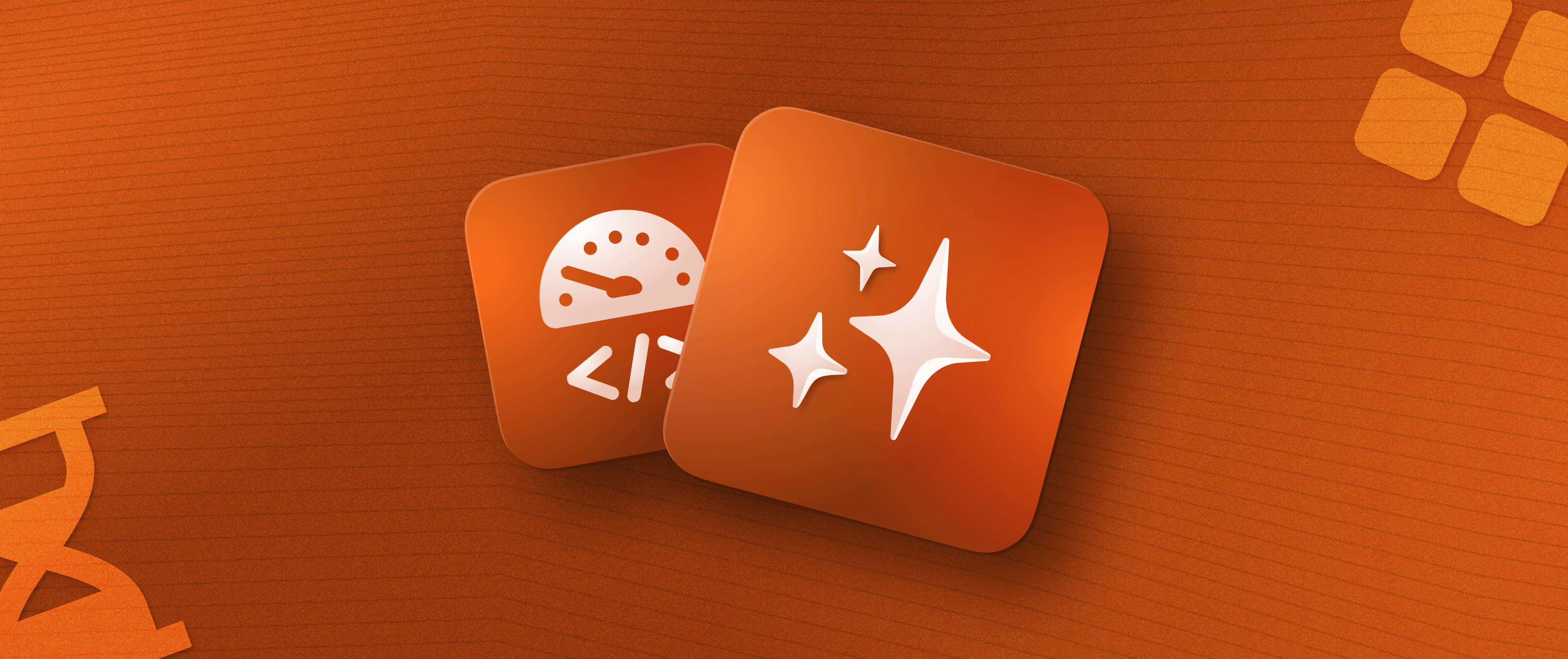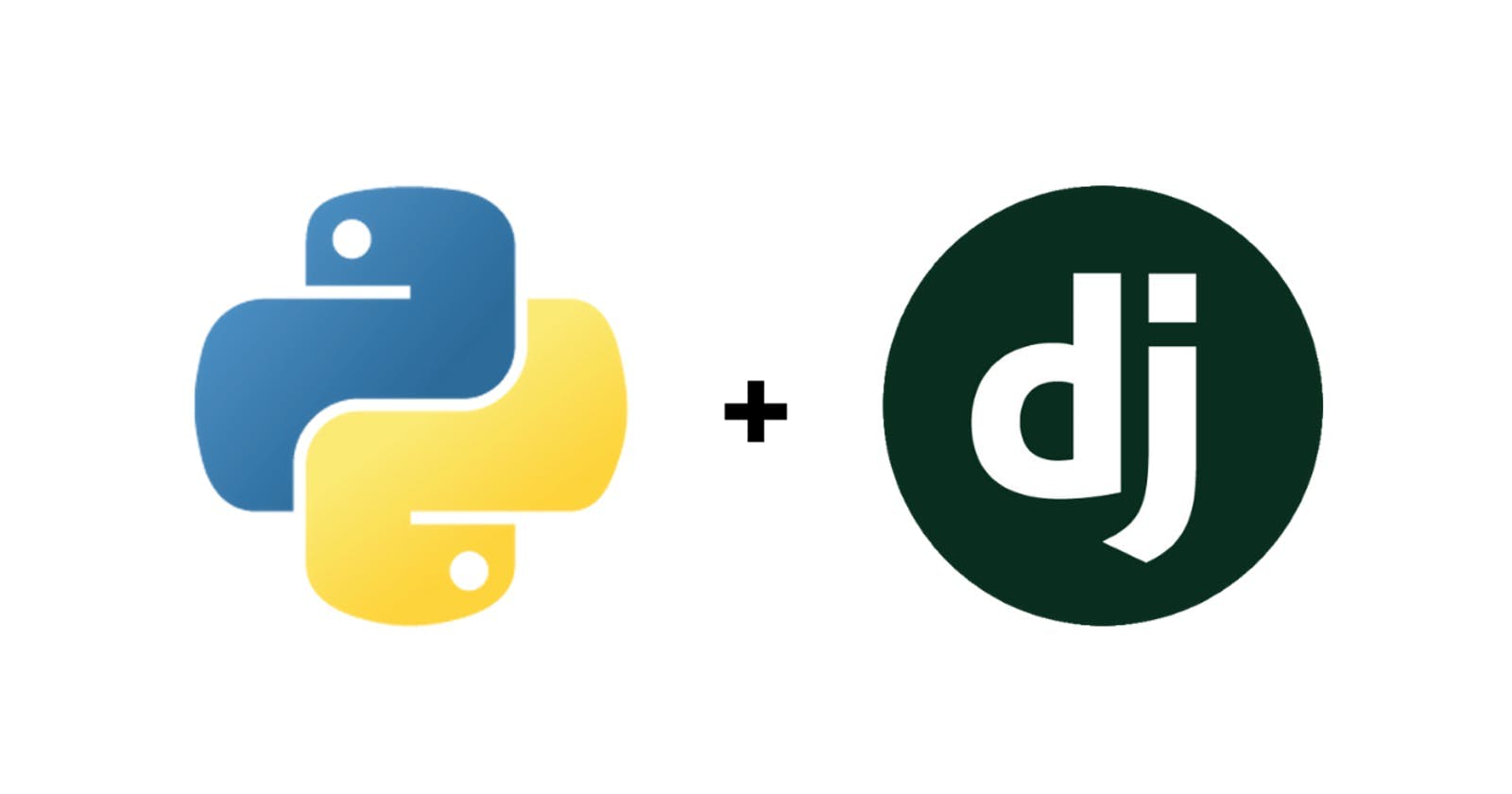How to Build Internal Tools with AI and Low Code


Low-code platforms have altered the landscape of application development: it’s now possible to create production-ready, professional applications much faster and more easily than ever before. AI has done and will continue to do the same – it’s not all hype.
Therefore, it’s important to make sure that whichever low-code platform you choose has native support for AI so that you can leverage both of these force multipliers.
In this article, we go through the core features of any good low-code platform, how low-code platforms solve the problems businesses run into when trying to integrate AI into their workflows, and demonstrate, step by step, how you can build a fully-functional customer support application using AI in less than five minutes with Appsmith.
Low code helps businesses rapidly integrate AI into their workflows
While low code is often a no-brainer for traditional software development, new breakthroughs in AI pose a different set of challenges.
Recent advancements in AI are unlocking huge opportunities for businesses of all shapes and sizes to streamline their workflows. Some of these include auto-generating drafts for customer service responses based on customer questions and data, extracting data from uploaded images, performing sentiment analysis of customer reviews at scale, and other real-world use cases. These demonstrate how AI is able to relieve staff of burdensome tasks, allowing them to focus on more specialized, valuable activities in your business.
Despite the clear value, many businesses are not adopting AI at the same rate as their competitors. From our discussions, they struggle to integrate the rapidly-advancing LLMs into their workflows, mostly due to a lack of development resources, concerns about data security and model reliability, and the difficulty of keeping up with rapidly evolving AI tools.
Appsmith solves all of these problems by providing an integrated development and hosting platform for rapidly building and deploying applications at scale, keeping the platform up to date with the latest AI tools and providers, and updating the relevant AI integrations so that you don't have to.
You can build any tool with Appsmith’s low-code platform
Appsmith is a low-code app platform that enables you to build, deploy, and update apps much faster, compared to building from scratch. It supports pre-built and custom widgets, easily connects to almost any database or API, lets you add your own JavaScript logic, and offers native Git support so you can track changes to your app.
You can build admin panels, reporting dashboards, forms to collect data, workflows, and any other tool you could imagine, for any industry. For example, HeyJobs modernized their legacy marketing apps, Strapi built a customer support dashboard to run support operations faster, and HIFI built a custom CRM and onboarding tools that retrieve customer information in seconds instead of hours.
You can build these tools from scratch, from official Appsmith templates, or from community templates shared by other Appsmiths.
How Appsmith combines low code with AI to supercharge business operations
Appsmith connects to popular LLMs including OpenAI, GoogleAI, and Anthropic using your own API keys. We want to give developers and businesses the choice to use whichever models they want so there is healthy competition within the AI space.
On top of this, to break down the barriers even more for as many developers and businesses as possible, we’ve recently introduced Appsmith AI. This is our own AI integration native to the Appsmith platform, which is available for free with no API keys, usage limits, or additional configuration required.
The data you submit to Appsmith AI is securely stored, and only relevant portions of the documents are sent to our third-party AI providers (currently OpenAI and Anthropic). We only work with providers who pledge to never store or use our customers' data to train their AI models. This makes Appsmith AI a safe and efficient way to supercharge your apps with modern AI capabilities without putting sensitive data at risk.
How to build an AI-powered customer support dashboard
Below, we'll show you how to leverage Appsmith and AI by building a customer support dashboard that uses AI sentiment analysis to classify customer reviews based on whether the text of the review was positive, negative, or neutral. This will allow support agents to quickly find and respond to negative reviews and make sure that the customers’ issues are addressed.
Before you start this tutorial, set up your free Appsmith account (if you haven’t done so already) and fork our customer support app template (just click "Use this template" on the template page and we'll set everything up for you). App templates let you start your app 80% of the way done with a template and edit it from there.
Step 1: Set up the query to fetch customer reviews
After forking the template, you'll see that your application is already populated with some mock data. This is so you can start prototyping quickly before you've integrated your own data. You can examine this mock database by going to the Data pane on the left-hand side. In this tutorial, you'll use the review_text column of the public.restaurant_review table in the Mock_DB_V2 database, which serves as the datasource for this application.
The Mock_DB_V2 database is already listed as a datasource in the template application, so you just need to create a query from the datasource. To do so, go back to the Editor pane, select the Query menu, select + New query/API, name it fetch_restaurant_reviews, and populate it with the following query:
SELECT * FROM public.restaurant_review LIMIT 10;
As with all Appsmith queries and API calls, you can verify that it’s working correctly with the Run button on the top right before moving on to integrate it to your application.
Step 2: Display the data from the query in a table widget
Now that the query to retrieve reviews is working, add a table widget named restaurant_reviews to your user interface and populate it with the data from the query. You can create a new page on your application to hold this table widget or add the widget to a pre-existing page.
To add a table widget, go to the UI menu, select + New UI element, search for Table, then drag and drop a Table widget onto the canvas. From here, you can click on the widget, name it table_restaurant_reviews, and configure its properties with the menu on the right-hand side. Connect the data from the query that you just defined named fetch_restaurant_reviews, only show the relevant columns of data, and resize the table to make sure all the rows are displayed.
Step 3: Create an Appsmith AI integration
Now that customer review data is being retrieved and displayed in the user interface, it’s time to add AI sentiment analysis using Appsmith AI. This application uses a slightly modified version of Kevin Blanco's AI text classification example.
To start, add a new Appsmith AI datasource. Go to the Data pane, select the + button, and search for and select Appsmith AI, then name the datasource “Appsmith AI” and save it. This is even easier than adding a standard datasource because Appsmith AI is supported natively in the platform, so you don’t even need to supply an API key to connect it as a datasource. At this step, you also have the option to securely upload and store your own company documents to provide more context.
Step 4: Create an Appsmith AI query to classify text
After the datasource is set up, create an Appsmith AI query by navigating back to the Editor pane, going to the Queriesmenu, selecting + New query/API, then creating a new query named review_classification from the Appsmith AI datasource.
After creating the query, select the Classify Text action and set the query to take in a query parameter named review by setting the input to {{ this.params.review }}. This parameter will be populated by JavaScript code from the JS Object created in the next step. Then, update the Labels field by entering Positive, Negative, Neutral, the values that the AI will use to classify your input. Finally, instruct the AI to apply only a single label each time it is called by adding Strictly apply only one label to the Additional Instructions field.
Step 5: Create a JS Object to run the query and update the UI
To complete the application, navigate to the JS menu, select + New JS Object, add a JS Object named reviewUtils, and populate it with the code below to fetch and classify the reviews. This code iterates over the reviews, uses Appsmith AI to classify each one as positive, negative, or neutral, and then stores each result in the Table widget.
export default {
reviewsData: [], async analyzeReviews () {
/* Fetch reviews info */
this.reviewsData = await fetch_restaurant_reviews.run(); /* Go through each review and have Appsmith AI classify with sentiment analysis */
for (let i = 0; i < this.reviewsData.length; i++){
let appsmithClassify = await review_classification.run(
{
review: this.reviewsData[i].review_text
}
) /* Add new column to restaurant reviews table with sentiment analysis output */
this.reviewsData[i]["analysis"] = appsmithClassify.response[0];
await table_restaurant_reviews.setData(this.reviewsData);
}
}
}Finally, add a button to your UI to execute this JS Object function by binding it to the onClick event handler for the Button widget.
Laying the foundations for AI-powered workflows across your organization
Now, you can click the button to see the AI text classification in action. Et voilà! You've now added AI sentiment analysis to your application!
Sentiment analysis is just the tip of the iceberg of what you can do with modern generative AI. For more ideas on how to integrate powerful internal apps like this into your own workflows, check out our post on Accelerating Customer Support Automation and our Customer 360 tutorial to see how we actually built tools like this for our own use cases.
To start building your own AI powered apps right now, sign up for Appsmith’s free-forever cloud-based or self-hosted open-source version. If you need enterprise-grade support, contact our team to discuss how we can help your business.


